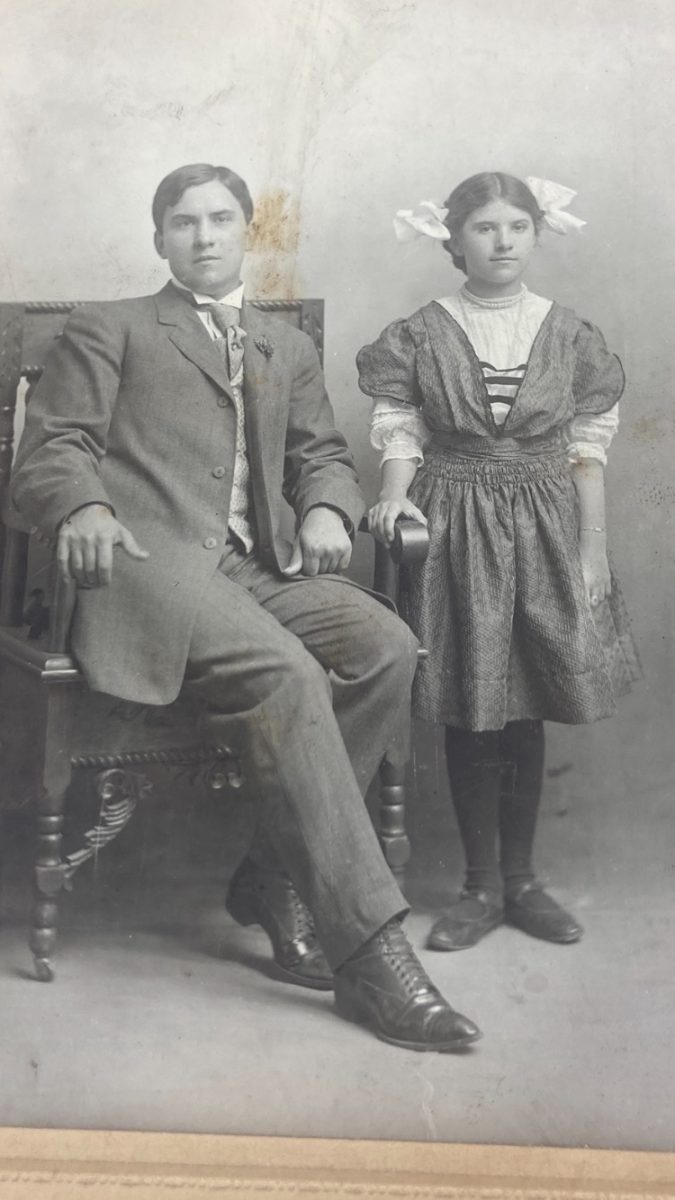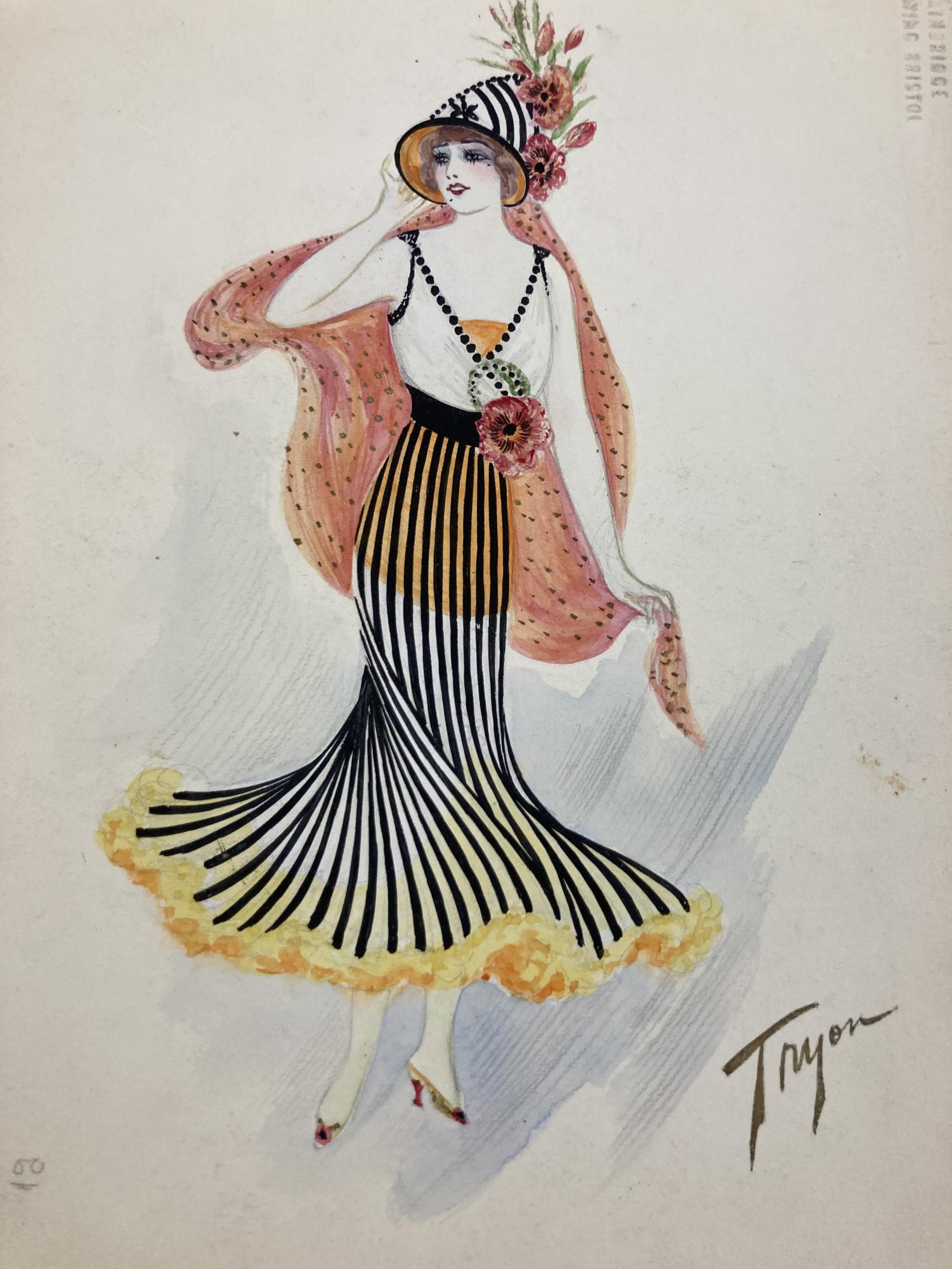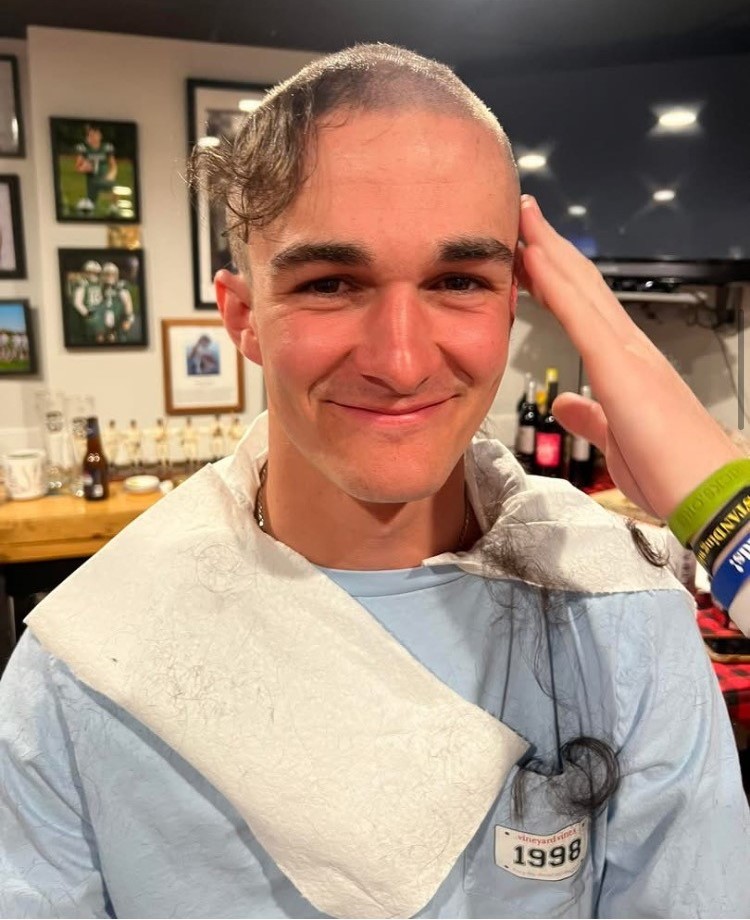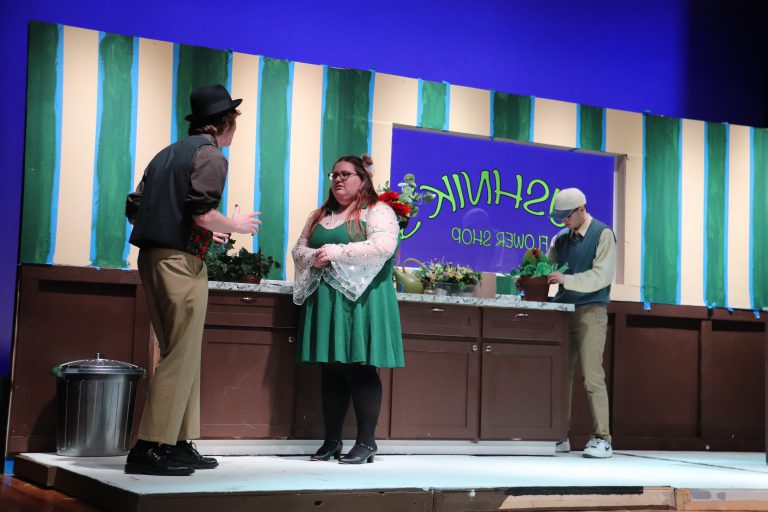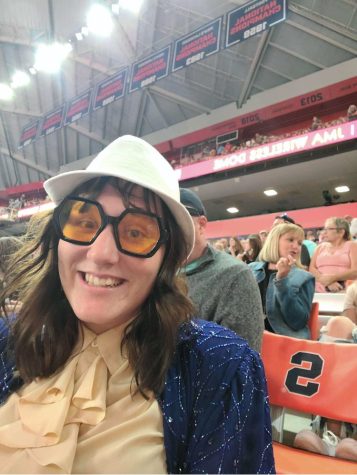When students hear a buzzword like “local history”, eye-rolls tend to ensue. Pictures of dusty documents filled with dusty people are conjured in people’s heads. Many think that a small town like Weedsport couldn’t have any interesting history. That is what historian, playwright, actress, and journalist Joanne O’Connor is trying to prove wrong.
The Brutus Historical Society hosted a presentation by O’Connor on April 15, about local celebrity Harry Tryon. Tryon was a fashion designer from the turn of the century who grew up in Weedsport. He designed pieces for famous figures like actress Sarah Bernhardt, showman Florenz Ziegfeld, socialite Mrs. Stuyvesant Fish, fashion retailer Henry Bendel, and Syracuse’s own actress Edna May.
“If he were here today, he would be the kind of person who would be designing Taylor Swift’s world tour, and now Beyonce is knocking on his door ‘You have to take care of me’. Jill Biden wants outfits in ten different towns and you know my size and taste so just make them and have them delivered. Now, L.L.Bean wants me to redo the catalog. That’s the kind of designer he was,” said O’Connor.
Since his birth on February 6th, 1886, Tryon was fascinated with fashion. He would watch his mother from the wings while she worked as the seamstress at the Burritt Opera House in Weedsport.
“When he was a toddler, when he saw a picture of a woman in a newspaper and she didn’t have a hat on, he would draw a hat on her,” said O’Connor.
Harry skipped high school and went straight to Syracuse University where he studied the piano. In Syracuse, Henry would paint chocolate boxes and play piano at a hotel to earn extra money. By 1903, Harry tired of little, old central New York and boarded the train to the Big Apple.
“I love what Hazel (Harry’s sister) wrote about Harry. He left Weedsport and went to New York and he didn’t come home for two years. Once you go to New York, it’s a relationship. It’s a thing,” said O’Connor.
In New York, he pounded the pavement and eventually amassed quite a few clients. His sketches landed in many newspapers and his sketches landed on the bodies of many famous people. Actress and common-law wife of Ziegfeld, Anna Held complimented Harry on how his designs hugged her curves and accentuated her hourglass figures.
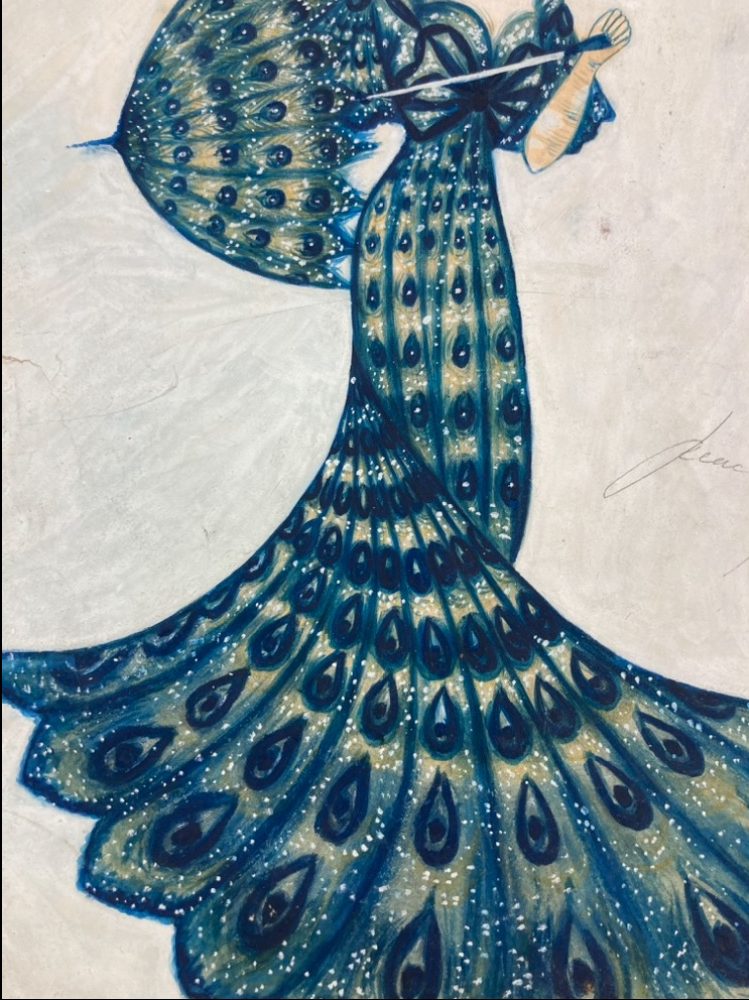
His reign on Broadway wouldn’t last forever. In 1912, he moved back to Weedsport, sick with tuberculosis. On his deathbed, Harry painted his favorite play “Za Za”, dreaming of the Broadway he knew he would never be able to see again. Harry died on Tuesday, April 15, 1913. He was buried with his favorite flowers: the lily of the valley.
“Harry got a lot done but geez he would have loved the jazz age. You think things were radical today or in the 60s? Nothing compared to the 20s. Women cut their hair, cut their skirts, smoked a cigarette, and drove a car. I mean that was a big booming time. That’s why they call it the Roaring 20s. He was way ahead of his time,” said O’Connor.
With the new installation, Harry now has the chance to see a different 20s: the 2020s.
Research for the exhibit began almost three years ago.
“My friend Bob kept bugging me to come down Weedsport to read the Harry Tryon material because he was descendent and so I finally came down here and I was very overwhelmed…I had this wonderful priceless thing called time so I could just go down all these rabbit holes. Three years later, I am still going down the rabbit holes,” said O’Connor.
Time isn’t the only reason for the research.
“It’s lost and I have to find it… I would come in here (The Brutus Historical Society) and just go crazy. It’s just such eye candy. They were so generous with me. They let me set up tables and sort things out…There is so much more to find even though I keep discovering. That has been thrilling…There is more out there we just have to find it,” said O’Connor.
There are many ways O’Connor gets her research. From reaching out to historical associations and digging through old newspapers and artifacts, O’Connor does it all. One of her favorite ways may be a little unconventional.
“I picture him. I picture him staying up late working on his cutouts. Getting up and he’s now in Syracuse studying piano then he goes to his part-time job where he paints candy boxes but he has to get to New York. You look at old photographs of New York and listen to the music of Old New York. Look at the theater and the news of the world…I listen to a lot of music of the time. I listen to a lot of the music from the singers in 1910, 1912 that era of Broadway music,” said O’Connor
After all that research, O’Connor wrote a story about Harry Tryon for The Auburn Citizen and was then asked by the Brutus Historical Society to give a presentation.
“I said ok and they said how about April 15th. I thought you know I’m pretty sure Harry died on the 17th funny. That night I was lying on the couch, channel surfing, scrolling on Instagram like I do and I said wait a minute I have to check that out. I went into my room with all my stuff and research and there it was. He died on April 15th in the late afternoon or early evening. It would be 111 years to the hour of my presentation. That’s kind of coo-coo and destiny. I kind of feel that he’s calling me,” said O’Connor.
The presentation was a smashing success – due to in part, she says, to the Brutus Historical Society.
“It’s a wonderful organization with lots of terrific history and memorabilia. I am delighted I have access to it with such wonderful friendly people who like the project as much as me,” said O’Connor.
Wonderful people are truly what can be found at the Brutus Historical Society. That’s what’s so fascinating about history, isn’t it? The community. The people who have made the world the way it is. Harry Tryon and other local significant figures sew the fabric that is our town. Without the stitches of the former, we wouldn’t have as strong of a community today.
It’s crazy to think that the actions we have today may change somebody’s life 10, 20, maybe even 100 years from now. Maybe history isn’t so boring after all.
